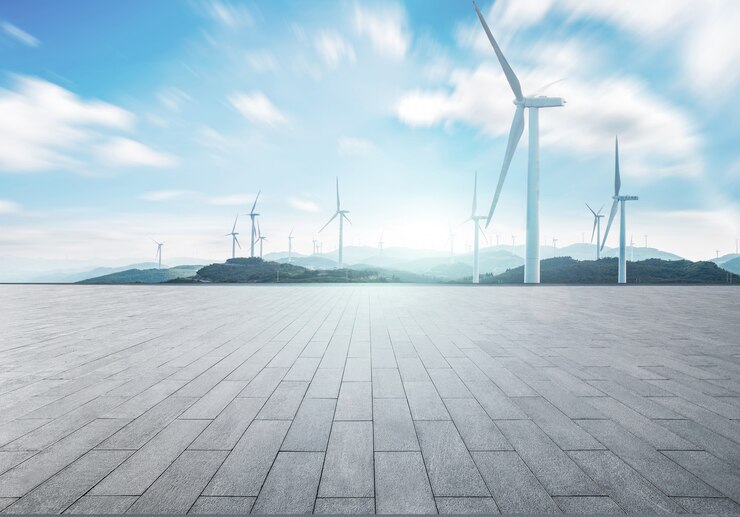Lotus299, Goldenexch, Msdexch: Renewable energy is an increasingly essential component of the global energy landscape. It offers a sustainable and environmentally friendly alternative to traditional fossil fuel sources. The primary sources of renewable energy include solar, wind, hydroelectric, and geothermal power.
The rapid advancement of renewable energy technologies has led to significant reductions in costs, making them more accessible and economically viable. Governments, businesses, and individuals alike are increasingly turning to renewable energy to reduce carbon emissions and combat climate change.
• Solar power: Harnessing energy from the sun through photovoltaic cells
• Wind power: Generating electricity using wind turbines
• Hydroelectric power: Utilizing flowing water to produce electricity
• Geothermal power: Tapping into heat from beneath the Earth’s surface to generate energy
Renewable energy offers numerous benefits beyond environmental sustainability. It helps reduce dependence on finite fossil fuel resources, enhances energy security, and creates new economic opportunities in industries such as manufacturing and construction. Additionally, renewable energy projects can stimulate local economies and create jobs in communities around the world.
As technology continues to evolve, renewable energy sources are becoming more efficient and reliable. Innovations in storage solutions are addressing intermittent nature of some renewables like solar and wind power, making them more stable sources of electricity for homes, businesses, and utilities alike. The integration of smart grid technologies is also improving the management and distribution of renewable energy across diverse regions.
The transition to a clean energy future powered by renewables is not without challenges. Infrastructure upgrades are needed to accommodate higher levels of renewable generation on existing grids. Policy support through incentives, regulations, and subsidies will be crucial for accelerating the adoption of renewable technologies worldwide. Collaboration between governments, industry stakeholders, researchers, and consumers will be essential for overcoming barriers to widespread deployment of renewable energy solutions.
Current State of Wind Turbine Technology
Advancements in wind turbine technology have significantly contributed to the growth of renewable energy sources worldwide. Modern turbines are capable of harnessing more wind energy efficiently and generating higher electricity outputs. The development of taller towers and longer blades has enabled turbines to capture wind at higher altitudes, where wind speeds are generally stronger and more consistent.
Moreover, improvements in turbine design, such as aerodynamic enhancements and better materials, have increased the overall performance and reliability of wind turbines. These advancements have not only enabled wind energy to become more competitive with traditional sources of electricity but have also made it a more viable and sustainable option for meeting growing energy demands.
Challenges in Wind Energy Generation
Aldoexch, Aaonline777, Aaonline247: Despite the numerous advantages of wind energy generation, several challenges persist in its widespread implementation. One significant obstacle is the intermittency of wind resources, leading to variability in power output. This inconsistency poses difficulties in integrating wind energy into the grid efficiently, requiring backup power sources to offset fluctuations in generation.
Additionally, the visual impact and noise generated by wind turbines often spark controversy and resistance from local communities. Concerns over the aesthetic appeal of landscapes and potential disturbances to wildlife habitats hinder the development and expansion of wind farms in various regions. Balancing the benefits of renewable energy with the preservation of environmental and social interests remains a key challenge for the wind energy sector.
What is renewable energy?
Renewable energy is an energy that is generated from natural resources like sunlight, wind, rain, wild tides, and other geothermal scorching heat, which are naturally replenished.
What is the current state of wind turbine technology?
Wind turbine technology has advanced significantly in recent years, with larger and more efficient turbines being developed. However, there are still challenges to overcome in order to maximize the potential of wind energy generation.
What are some of the challenges in wind energy generation?
Some of the challenges in wind energy generation include variability in wind speed and direction, limited available land for wind farms, noise and visual impacts on local communities, and the need for efficient energy storage solutions.
How can the challenges in wind energy generation be addressed?
The challenges in wind energy generation can be addressed through continued research and development in wind turbine technology, improved forecasting of wind patterns, better integration of wind energy into the grid, and increased public acceptance of wind farms.
Additional:

